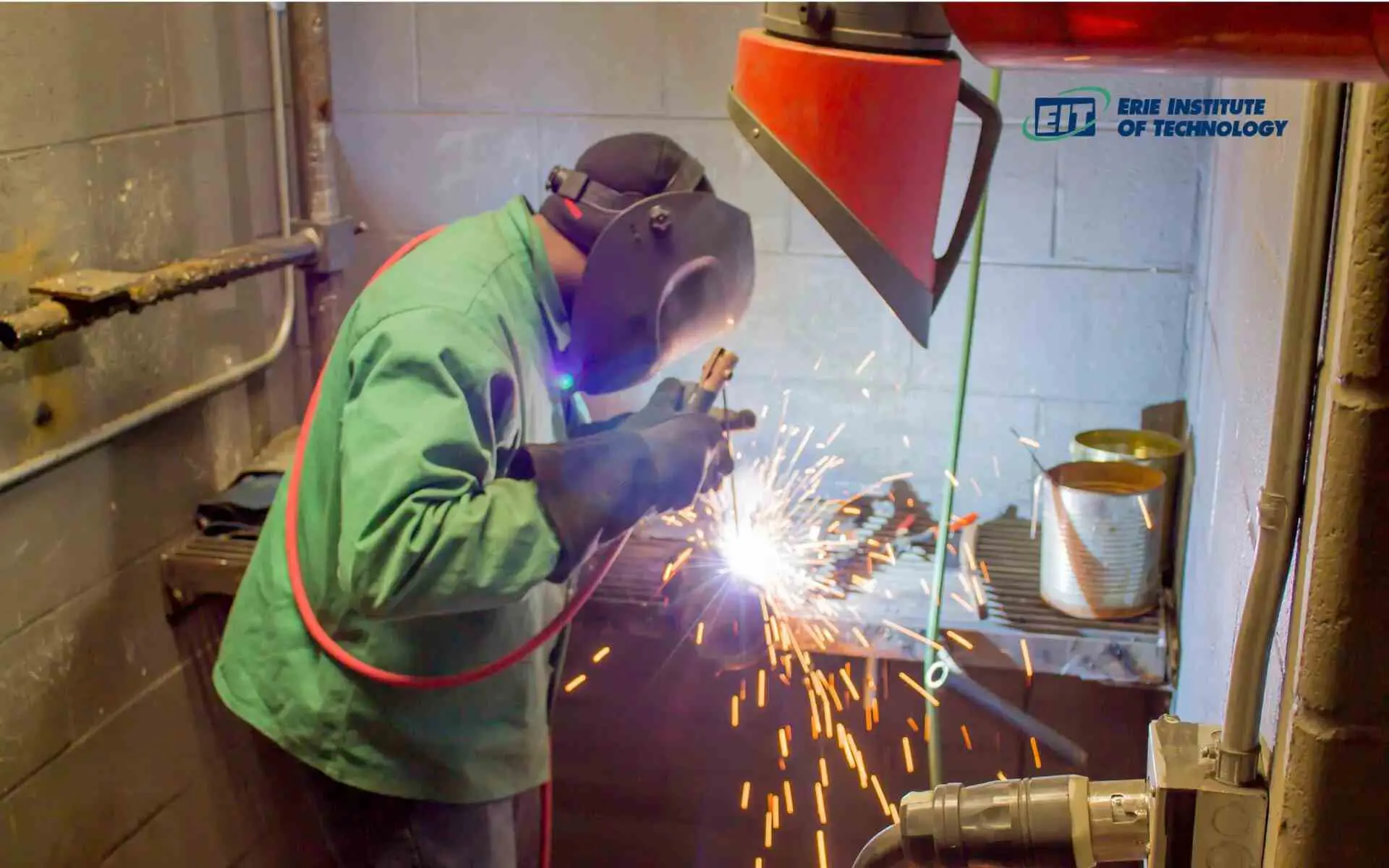Achieving Welding Excellence: Unveiling the Secrets of WPS Implementation and Optimization
In the realm of welding, achieving quality is a pursuit that pivots on the thorough execution and optimization of Welding Treatment Specifications (WPS) By diving into the key components, techniques, obstacles, and best practices linked with WPS, a world of welding quality awaits those that are prepared to discover its depths.
Relevance of WPS in Welding
The Value of Welding Procedure Requirements (WPS) in the welding industry can not be overemphasized, acting as the backbone for guaranteeing consistency, high quality, and security in welding procedures. A WPS offers thorough directions on just how welding is to be executed, consisting of vital variables such as materials, welding processes, joint style, filler metals, preheat and interpass temperature levels, welding currents, voltages, traveling speeds, and more. By sticking to a well-defined WPS, welders can preserve harmony in their work, causing consistent weld high quality throughout different jobs.

Crucial Element of WPS
Going over the important elements of a welding procedure specification (WPS) is important for understanding its function in welding operations. A comprehensive WPS includes numerous crucial elements that assist welders in achieving top quality and consistency in their work. One crucial facet of a WPS is the welding process specification, which lays out the specific welding procedures to be made use of, such as gas tungsten arc welding (GTAW) or secured metal arc welding (SMAW) Additionally, the WPS consists of details on the welding materials, such as the kind and specifications of the base steel and filler metal to be utilized. The WPS also defines essential variables like welding specifications, interpass and preheat temperature needs, and post-weld heat treatment procedures. In addition, it consists of details on joint design, fit-up, and any kind of unique techniques or preventative measures necessary for the welding operation. By including these crucial elements into the WPS, welding treatments can be standardized, ensuring top quality, effectiveness, and safety and security in welding operations.
Strategies for WPS Optimization

Secondly, training and certification of welding employees according to the specific requirements of the WPS is critical. Giving detailed training programs and guaranteeing that welders are accredited to implement procedures described in the WPS can cause greater quality welds and decreased rework.
Furthermore, leveraging modern technology such as welding software program and monitoring systems can aid in enhancing WPS. These tools can aid in monitoring variables, making certain parameters are within specified restrictions, and offering real-time comments to welders, enabling them to make instant modifications for enhanced weld top quality.
Usual Challenges and Solutions
Encountering barriers in implementing the methods for WPS optimization can impede welding operations' effectiveness and quality. One common challenge is poor training or understanding of the welding treatment requirements (WPS) amongst the welding team.
Another challenge is the absence of correct paperwork and record-keeping, which is necessary for WPS optimization. Without clear records of welding specifications, materials used, and inspection outcomes, it ends up being difficult to identify locations for renovation and make sure uniformity in welding procedures. Implementing a durable paperwork system, such as digital welding monitoring software program, can assist improve record-keeping and facilitate data analysis for continuous improvement.
Furthermore, inconsistent welding tools calibration and maintenance can position a considerable challenge to WPS optimization. Normal tools checks, calibration, and upkeep routines should be followed purely to guarantee that welding criteria are precisely regulated and kept within great post to read the defined resistances (welding WPS). By addressing these typical difficulties with proactive services, welding procedures can boost effectiveness, high quality, and overall welding excellence
Best Practices for WPS Application
To guarantee effective WPS implementation in welding procedures, adherence to market requirements and precise interest to information are paramount. When starting WPS execution, it is essential to start by extensively understanding the particular welding demands of the task. This requires an extensive evaluation of the welding treatment specifications, materials to be bonded, and the ecological he has a good point conditions in which the welding will take area.
Once the needs are clear, the next step is to choose the proper welding treatment that aligns with these specifications. This includes getting in touch with the relevant codes and standards, such as those offered by the American Welding Culture (AWS) or the International Company for Standardization (ISO), to make certain compliance and high quality.
Moreover, recording the whole WPS implementation process is vital for traceability and quality control. Thorough records must be maintained regarding welding specifications, material prep work, interpass and preheat temperature levels, welding consumables used, and any type of variances from the initial procedure. Routine audits and evaluations of the WPS can aid identify locations for renovation and make certain recurring optimization of the welding procedure.


Final Thought
In verdict, the implementation and optimization of Welding Procedure Specs (WPS) is critical for achieving welding excellence. By recognizing the key aspects of WPS, carrying out reliable strategies for optimization, resolving common challenges, and complying with finest techniques, welders can make certain top quality welds and risk-free working problems. It is critical for professionals in the welding industry to prioritize the appropriate implementation of WPS to enhance general welding performance and accomplish preferred end results.
The Relevance of Welding Treatment Specifications (WPS) in the welding industry can not be overemphasized, offering as the foundation for making certain uniformity, top quality, and safety in welding operations. A WPS provides detailed instructions their explanation on how welding is to be carried out, including important variables such as materials, welding procedures, joint layout, filler steels, interpass and preheat temperature levels, welding currents, voltages, traveling rates, and extra. One critical facet of a WPS is the welding procedure spec, which details the specific welding procedures to be made use of, such as gas tungsten arc welding (GTAW) or protected metal arc welding (SMAW) By incorporating these key elements right into the WPS, welding treatments can be standardized, guaranteeing quality, performance, and safety and security in welding operations.
It is crucial for experts in the welding market to prioritize the correct application of WPS to enhance total welding efficiency and achieve preferred results.